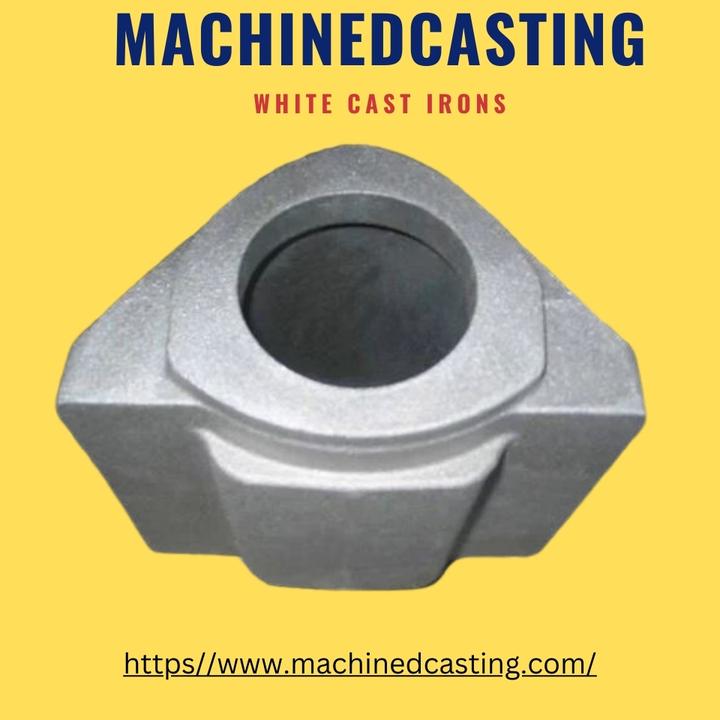White cast iron is a remarkable material with a long history of use in various industries due to its exceptional strength, wear resistance, and versatility. In this guide, we'll delve into the properties, applications, and manufacturing processes of white cast irons, providing valuable insights into its significance in modern engineering.
Properties of White Cast Irons: White cast irons derive their name from the bright white appearance of their fractured surfaces, resulting from the presence of cementite (Fe3C) in their microstructure. This unique microstructure contributes to their exceptional hardness, making them ideal for applications requiring resistance to abrasion, impact, and wear. With a high carbon content ranging from 2.5% to 4%, white cast irons exhibit superior hardness compared to other cast iron grades, such as gray and ductile iron.
Applications: White cast irons find extensive applications in industries where wear resistance and strength are paramount. One of the most common uses is in the manufacturing of wear-resistant components such as crusher liners, grinding balls, and pump impellers for the mining and mineral processing industries. Additionally, white cast irons are employed in the production of cutting tools, rolls for rolling mills, and brake drums for heavy machinery. Their ability to withstand high levels of stress and abrasion makes them indispensable in environments where other materials would fail prematurely.
Manufacturing Processes: The production of white cast irons involves carefully controlled alloying and casting techniques to achieve the desired microstructure and properties. High-carbon ferrous alloys are melted in a furnace, typically along with alloying elements such as chromium, nickel, and molybdenum to enhance specific characteristics like corrosion resistance and toughness. The molten metal is then poured into molds and allowed to cool gradually, ensuring the formation of the desired microstructure. Subsequent heat treatments may be applied to further refine the material's properties as needed for specific applications.
Advantages and Challenges: One of the primary advantages of white cast irons is their exceptional hardness and wear resistance, which extends the service life of components in demanding environments. However, their high hardness also presents challenges during machining and fabrication, requiring specialized tools and techniques. Additionally, white cast irons may exhibit brittleness at room temperature, limiting their use in applications requiring ductility and toughness.
Conclusion: White cast irons stand as a testament to the ingenuity of material science, offering unparalleled strength and wear resistance for a wide range of industrial applications. Understanding their properties, applications, and manufacturing processes is crucial for engineers and manufacturers seeking to leverage the unique benefits of this remarkable material. By embracing the versatility of white cast irons, we can continue to push the boundaries of innovation in engineering and manufacturing.


